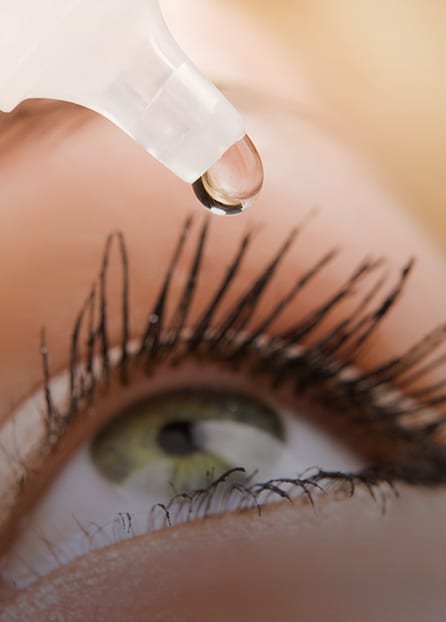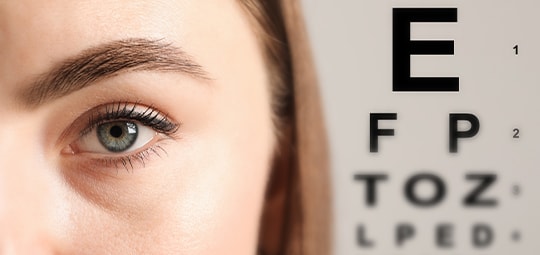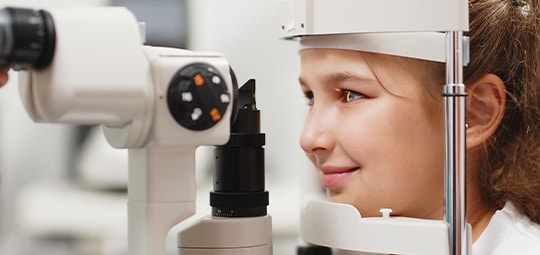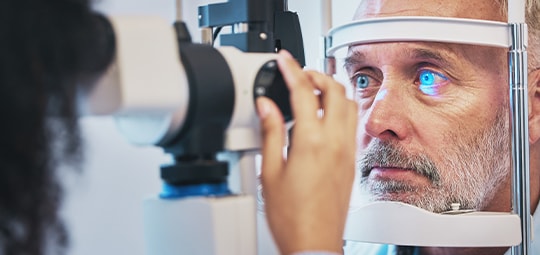What is Dry Eye?
Dry eye syndrome is a chronic condition that affects the production of certain nutrients in your tears. To determine the underlying cause of your symptoms, make sure you visit our eye care team.
There are 2 common types of dry eye: aqueous tear deficiency (lack of water in your tears) or evaporative dry eye (lack of oils in your tears). These conditions affect your tear film, a fluid layer on your eyes’ surface responsible for keeping them comfortable and hydrated.
There are 3 layers in your tear film:
The Mucous Layer
The mucous layer is the tear film’s innermost layer, responsible for ensuring the rest of your tear film stays fastened to the surface of your eye. It is produced by your conjunctiva goblet cells.
The Water Layer
The water layer, found sandwiched between the mucous and oil layers, ensures your eyes stay hydrated. Water is produced by your lacrimal glands, which is just above your eyelid.
The Oil Layer
The oil layer, or lipid layer, is the outermost layer responsible for sealing in the rest of the tears film, which prevents it from evaporating. The oil layer is produced by your meibomian glands, tiny glands found around the margins of your eyelid.












